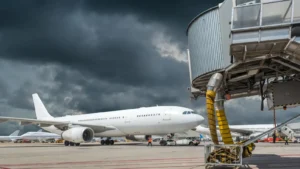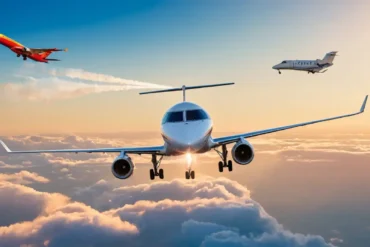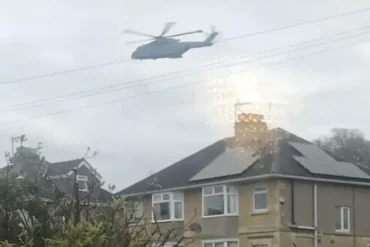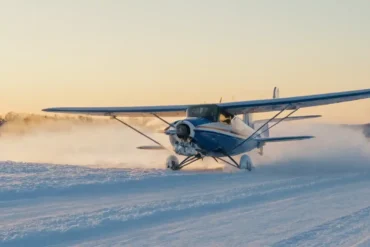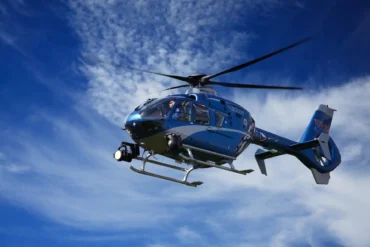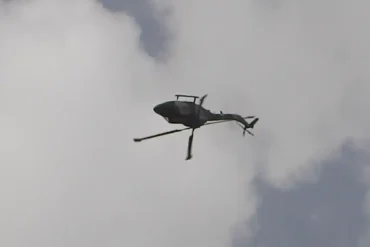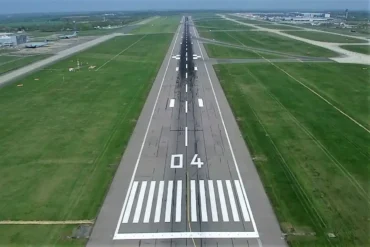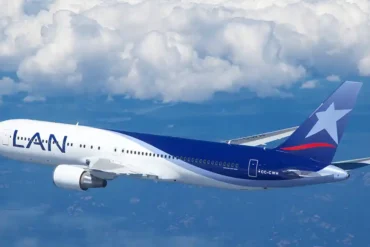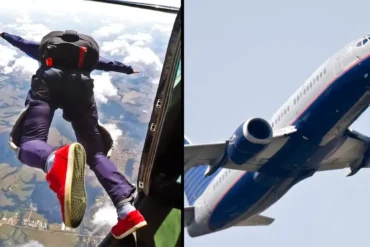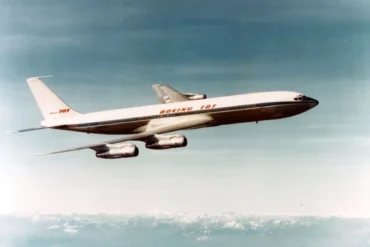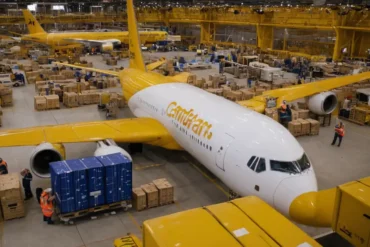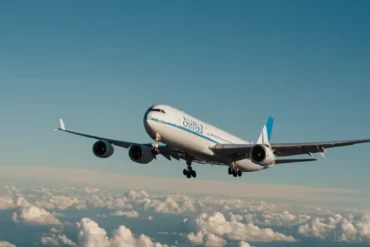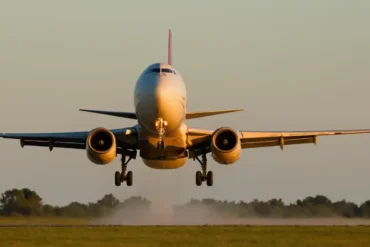For sure, commercial airliners can steer above hurricanes, dodging the storm’s bumpy winds.
The official hurricane season goes from June to November, peaking in August. This is when warm, humid air from the ocean rises and hits cooler air above, making huge storm clouds.
All year, airlines and air traffic controllers reroute flights around thunderstorms. But hurricanes and tropical storms pose bigger threats. Unlike summer rain showers, they’re huge and slow, depending on your location and the storm’s path. Even a category 1 hurricane spans 300 miles with 95 mph winds.
As storms brew, airline operations teams make big choices to protect passengers, staff, and planes. They decide how long flights can keep using airports in the storm’s path. Planes staying overnight get sent to other airports away from the storm. But what about mid-flight?
Sailing Over the Storm
During flights, pilots closely watch for turbulence reports, working with dispatchers to pick the smoothest route.
When a path goes over storm clouds, the radar shows a “hatched” pattern. This warns pilots they’ll pass high-level clouds that may cause light shaking. Knowing this helps them get ready.
Staying away from the Green, Amber and Red turbulence zones keeps drinks spill-free, letting flyers relax at their destinations.
Preparing For Rough Weather
Many airlines use hub airports in big cities to connect people to smaller regional ones. These hubs have lots of daily flights. If a storm hits one, it can take days to get back to normal, really impacting passengers and shippers.
Remember severe weather doesn’t just affect passengers, but all airline staff too. Dispatchers, schedulers and planners work hard to quickly restore flights. Crews must stay flexible as schedules change during unpredictable conditions.
Weather is unpredictable and can disrupt travel for both pilots and passengers. When a storm approaches, listen for airline updates and be ready to adjust your plans.
Pilots watch for changing Temporary Flight Restrictions (TFRs) and Notices to Air Missions (NOTAMs) during emergencies. They get real-time updates through the FAA’s electronic tools or VFR Flight Following.
In the U.S., weather is the top cause of flight delays. With hurricane season here, we count on dedicated teams working tirelessly to ensure everyone arrives safely and quickly!
